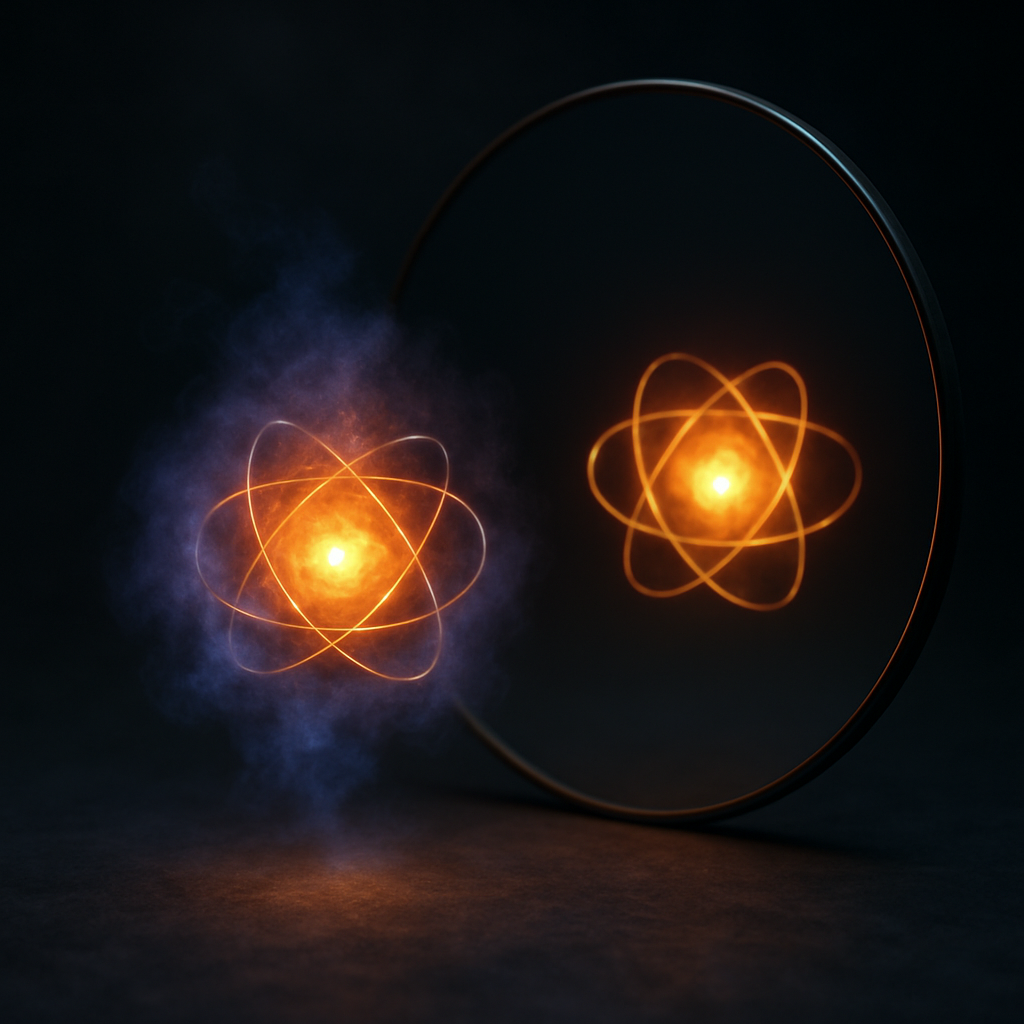Swansea University Researchers Use Mirrors to Suppress Quantum Noise in Breakthrough Experiment
Harnessing the strange rules of quantum physics, researchers at Swansea University have made a major advance in controlling quantum noise—offering new pathways for ultra-sensitive measurements and future quantum technologies.
In a study recently published in Physical Review Research, physicists from Swansea University have uncovered a striking method to reduce quantum noise by using strategically placed mirrors. Their approach tackles one of quantum mechanics’ core challenges: the act of measurement itself disturbing the system under observation.
When scientists observe incredibly small particles, such as nanoparticles, they use light—specifically, photons—to gather information. However, in doing so, these photons can “kick” the particles, causing unwanted disturbances. This phenomenon, known as quantum backaction, sets fundamental limits on how precisely particles can be observed and manipulated.
The Swansea team, led by PhD researcher Rafal Gajewski from the Department of Physics, discovered that this disturbance is not inevitable. In fact, under certain mirror arrangements, it can be eliminated entirely.
“Our work has shown that if you can create conditions where measurement becomes impossible, the disturbance disappears too,” Gajewski explained. “Using a hemispherical mirror with the particle placed at its center, we found that under specific conditions, the particle becomes indistinguishable from its mirror image. When this symmetry occurs, you can’t extract position information from the scattered light—and the quantum backaction vanishes.”
This discovery challenges long-held assumptions and suggests a new level of control over quantum systems. Perhaps most surprisingly, the team found that backaction disappears precisely when light scattering is maximized—counter to conventional expectations.
“This work reveals something fundamental about the relationship between information and disturbance in quantum mechanics,” said Dr. James Bateman, senior researcher and supervisor of the study. “By engineering the environment around a quantum object, we can control what information is available about it and, in turn, manage the quantum noise it experiences.”
The implications are far-reaching. The study opens new avenues in quantum technologies, particularly in:
Creating quantum states in objects much larger than atoms
Probing the boundary between quantum mechanics and gravity
Testing fundamental quantum principles at macroscopic scales
Developing ultra-sensitive force sensors
Such breakthroughs are expected to support large-scale quantum experiments, including MAQRO (Macroscopic Quantum Resonators), a proposed space mission designed to explore quantum behavior in larger objects than ever before.
The team is currently developing experimental setups to validate their theoretical work, moving closer to practical applications in advanced sensing and quantum control.
This research is part of a growing field known as levitated optomechanics, where lasers are used to suspend and manipulate microscopic particles in vacuum conditions. In recent years, scientists have succeeded in cooling such particles to their quantum ground state—the lowest possible energy level—demonstrating an unprecedented ability to control and study quantum systems.
As this field evolves, the Swansea discovery marks a significant step forward in understanding and harnessing the paradoxical nature of quantum measurement, potentially transforming both fundamental research and next-generation technology.
This article contains AI generated content using information from these sources:
Swansea University - https://www.swansea.ac.uk/press-office/news-events/news/2025/04/breakthrough-in-quantum-noise-reduction.php
